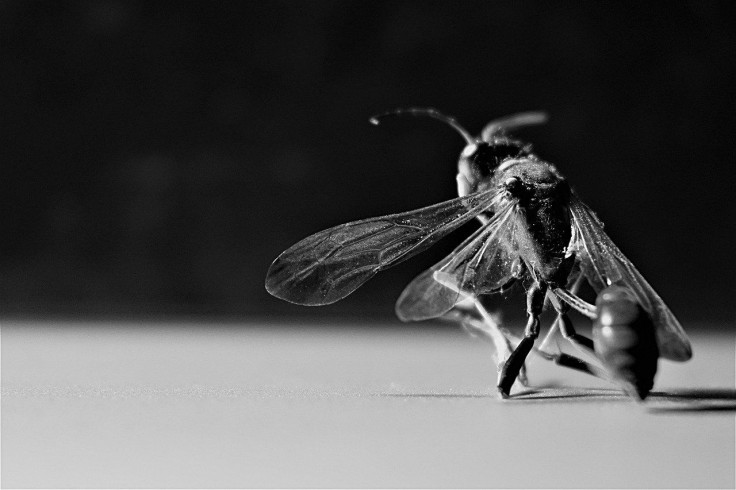This New Parasitic Wasp Species Has A 'Unique' Star-Like Cocoon [Video]
KEY POINTS
- The new species' star-shaped cocoon mass suspends from a "very strong" cable
- A video shows the species' pupation process to create the mass
- It's possible that the unique structure helps protect the pupating wasps from enemies
Researchers have discovered a new parasitoid wasp species in Japan that has a rather unique cocoon – it looks quite like a star and is suspended from a long string.
Parasitoid wasps are notorious for a rather disturbing behavior: they lay their eggs in a host; the larvae later hatch and eat the host. The larvae then pupate inside cocoons to eventually become adult wasps.
In Ryuku Islands, which Pensoft described as a "biodiversity hot spot in subtropical Japan," researchers discovered a new parasitoid wasp species that's quite interesting, not just because of this behavior but because of its star-shaped cocoons. In fact, its structure is actually a mass of cocoons that are joined together and is suspended by a thread that's up to a meter long. Each structure can even house over 100 cocoons.
⭐⭐⭐ This #NewSpecies of parasitoid #wasp constructs unique star-shaped cocoon masses hanging by 1-meter-long threads!
— Hymenoptera Journal (@HymenopteraJour) November 29, 2021
➡ Study: https://t.co/GXO9SjOxWg
➡ Read more on @EurekAlert: https://t.co/fJyfXzNYTg
The new species was dubbed Meteorus stellatus, with "stellatus" being a Latin word that means "starry," because of the "unique shape of the cocoon masses," the researchers noted in their study, published in the Journal of Hymnoptera Research.
In a video shared by one of the paper's authors, Shunpei Fujie, one can see how the larvae form the structures, from emerging from the body of the host to hanging down the plant substance by their "suspensory threads," intertwining with the other threads and merging into the masses to form star-shaped cocoons.
Researchers believe the wasps construct their cocoons in this manner so that they may help protect the larvae during "the most critical time," Pensoft noted. Furthermore, having the cocoons suspended by the "very strong" cable can possibly make the pupating wasps "inaccessible" to some possible enemies. Predators like ants rarely encounter suspended larvae because the threads are only attached to a small area of the plant, the researchers explained.
"The pupae of parasitoid wasps cannot actively escape various risks, such as predation, parasitism, pathogenesis, and environmental stresses," the researchers wrote. "Therefore, cocoons and mummies play important roles in protecting soft and exarate pupae from such risks."

© Copyright IBTimes 2024. All rights reserved.






















